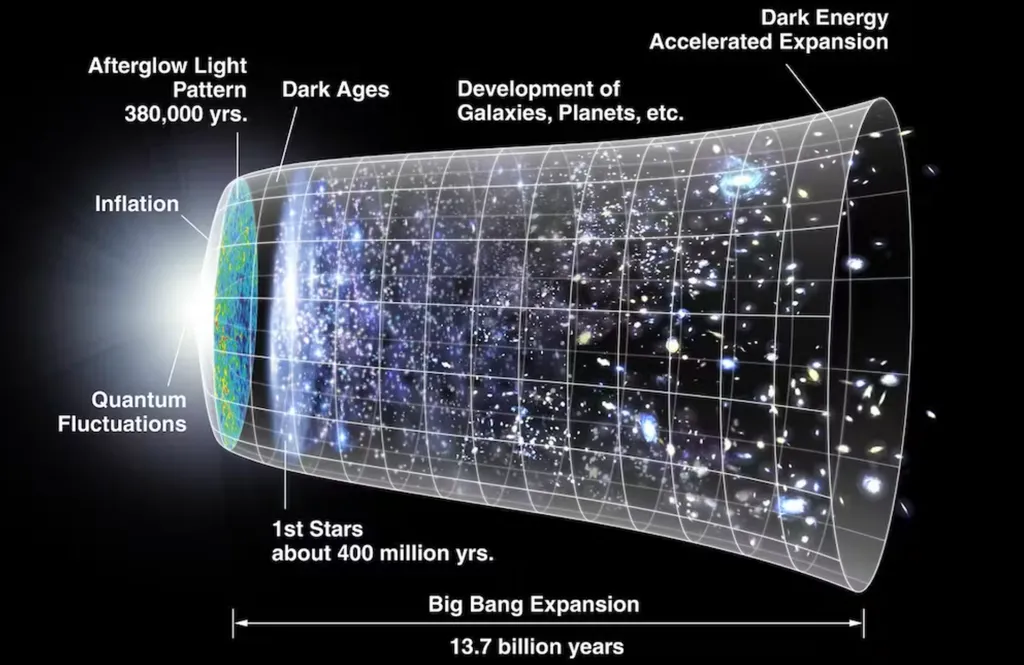In the realm of energy and astrophysics, a collaborative effort led by researchers from various institutions, including the University of California, Berkeley, Arizona State University, and the University of Washington, has yielded significant findings. These researchers are part of the Hydrogen Epoch of Reionization Array (HERA) collaboration, which aims to explore the early universe and the Epoch of Reionization, a pivotal period when the first stars and galaxies illuminated the cosmos.
The HERA collaboration has recently published their first results from Phase II of the experiment in the journal Nature Astronomy. The study focuses on setting upper limits on the power spectrum of 21-cm fluctuations during the Epoch of Reionization and Cosmic Dawn. Phase II of HERA brings several improvements, notably an expanded frequency bandwidth ranging from 50-250 MHz. The researchers analyzed a small subset of the available Phase II observations to identify new systematic characteristics of the instrument and establish an analysis pipeline to account for them.
The team reported 2σ upper limits in eight spectral bands, spanning redshifts from 5.6 to 24.4. These limits are consistent with thermal noise at the 2σ level for certain spatial scales (k > 0.6-0.9 hMpc⁻¹, depending on the band). The tightest limit during the Cosmic Dawn (z > 12) is 1.13 × 10⁶ mK² at (k = 0.55 hMpc⁻¹, z = 16.78), and during the Epoch of Reionization (5.5 < z < 12), it is 1.78 × 10³ mK² at (k = 0.70 hMpc⁻¹, z = 7.05). One of the key findings is that mutual coupling has become the dominant systematic issue, leaking foreground power that contaminates the low-k modes. This results in the loss of modes from k = 0.35-0.55 compared to Phase I data. Understanding and mitigating these systematics are crucial for improving the sensitivity and accuracy of future observations. For the energy sector, this research has indirect implications. The study of the early universe and the Epoch of Reionization helps us understand the formation and evolution of the first stars and galaxies, which are the building blocks of the cosmos. This knowledge can provide insights into the fundamental processes that govern the universe, including the distribution of matter and energy. While the immediate practical applications for the energy industry may not be apparent, the broader understanding of cosmic evolution can inform our understanding of the universe's energy dynamics and the origins of the elements that power our world. This article is based on research available at arXiv.

